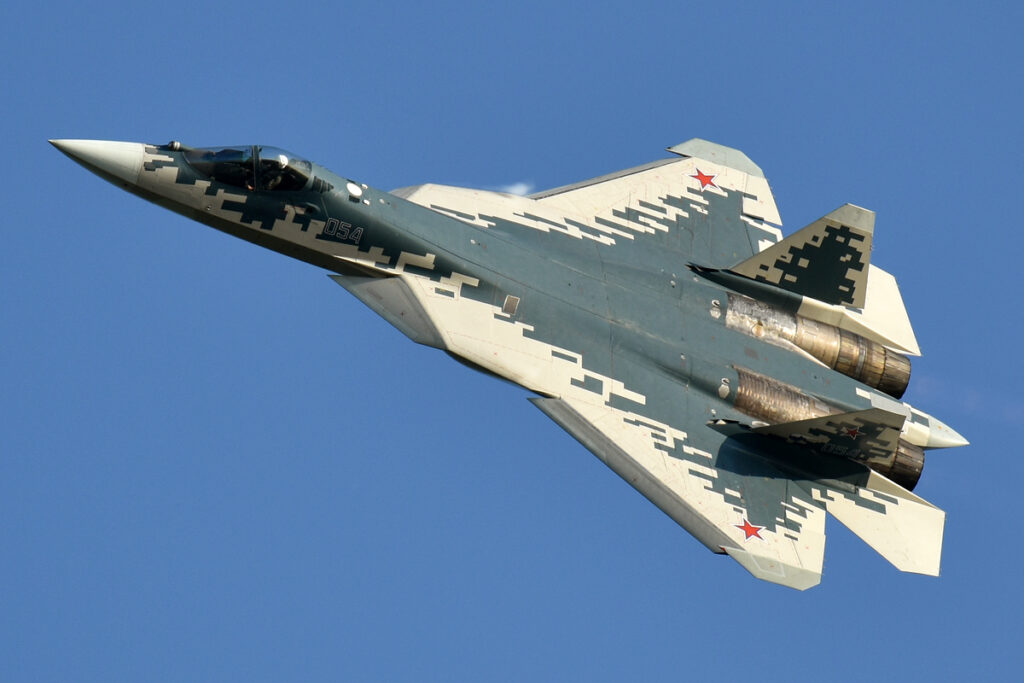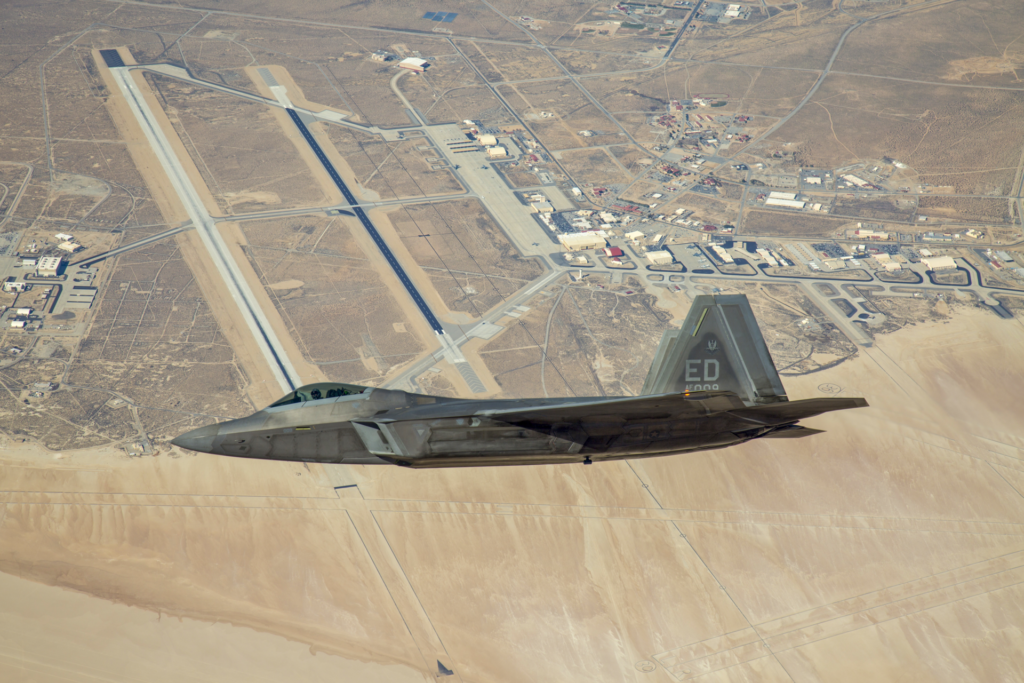
The Lockheed Martin F-22 Raptor has been the world’s most technologically advanced, innovative aircraft since its inception: a stealth fifth-generation fighter with supermaneuverability capability of supercruise.

Under the U.S. Air Force’s Advanced Tactical Fighter program in the early 1990s, the F-22 was created as an antidote to the fear of being defeated in battle by potentially advanced Soviet fighters.

Its tiny radar cross-section and powerful Pratt & Whitney F119-PW-100 engines made it an altogether dominating presence in the skies.

The F-22 program has faced some challenges because of shifting Military priorities.

For example, the U.S. Navy had originally scheduled a “Sea Raptor” version of the aircraft, a carrier-capable variant that, in practice, would have necessitated big design changes, such as a variable-sweep wing.

A changed defense strategy and the end of the Cold War led to the cancellation of this variant.

Instead, the Navy settled on the F-35 Lightning II, a multirole platform with advanced sensors for intelligence, surveillance, and reconnaissance missions.

Another comparable fifth-generation stealth fighter is Russia’s Sukhoi Su-57.

Though the Su-57 has a higher top speed and a higher ceiling, the F-22 is more mature and combat-proven with greater stealth capabilities than the Su-57.

Compared to the F-22, the Su-57 experienced production delays and had limited operational effectiveness, which means it holds an edge in air superiority for even longer periods.

Economic factors have also shaped the history of the F-22. The program was forecast at $67 billion, and the amortized price of the aircraft was $300 million to $400 million per unit when operations and maintenance costs were added in.

Those expenses, combined with escalating needs for an aircraft even more agile, drove the development of the F-35, even though it ran over budget and behind schedule.

The U.S. Air Force recently suspended the Next Generation Air Dominance (NGAD) program to replace the F-22 fighter.

According to Secretary Frank Kendall, the base design of the aircraft needs to be redone since the bottom line keeps going down and the rate of change is accelerating in technology in weaponry. The Air Force is currently considering manned as well as unmanned options for the NGAD and this reflects the shift in the current landscape of aerial warfare.

Continued shifting in defense priorities makes the F-22 Raptor a testament to this ever-increasing complexity of maintaining air superiority in a changing world.